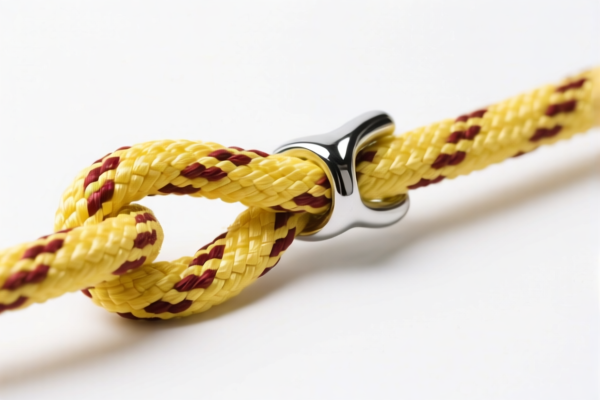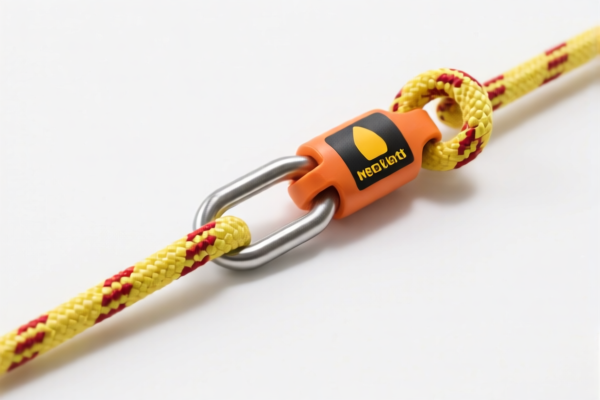| HS Code | Official Doc | Tariff Rate | Origin | Destination | Effective Date |
|---|---|---|---|---|---|
| 5607909000 | Doc | 61.3% | CN | US | 2025-05-12 |
| 5607493000 | Doc | 58.6% | CN | US | 2025-05-12 |
| 5609004000 | Doc | 58.9% | CN | US | 2025-05-12 |
| 5609003000 | Doc | 59.5% | CN | US | 2025-05-12 |
| 5404198080 | Doc | 61.9% | CN | US | 2025-05-12 |
| 5404191000 | Doc | 57.7% | CN | US | 2025-05-12 |
| 5910001090 | Doc | 59.0% | CN | US | 2025-05-12 |
| 5910009000 | Doc | 57.6% | CN | US | 2025-05-12 |
| 5911900040 | Doc | 58.8% | CN | US | 2025-05-12 |
| 5911900080 | Doc | 58.8% | CN | US | 2025-05-12 |
| 9506990530 | Doc | 37.5% | CN | US | 2025-05-12 |
| 4201006000 | Doc | 57.8% | CN | US | 2025-05-12 |
| 4205000500 | Doc | 57.9% | CN | US | 2025-05-12 |
| 4205001000 | Doc | 55.0% | CN | US | 2025-05-12 |
| 6114909070 | Doc | 35.6% | CN | US | 2025-05-12 |
| 3926905500 | Doc | 60.1% | CN | US | 2025-05-12 |
| 3926906090 | Doc | 59.2% | CN | US | 2025-05-12 |
| 3916100000 | Doc | 60.8% | CN | US | 2025-05-12 |
| 3916903000 | Doc | 61.5% | CN | US | 2025-05-12 |




Seat Belt Rope
Seat belt rope, commonly referred to as webbing, is a strong, woven fabric used in a variety of safety and load-bearing applications, most notably in vehicle seat belts. It differs significantly from traditional rope made of twisted fibers.
Material
The core material of seat belt webbing is typically polyester, though nylon is also frequently used.
- Polyester offers high resistance to UV degradation, stretching, and abrasion, making it suitable for prolonged outdoor exposure and repeated use. It also maintains its strength when wet.
- Nylon possesses higher tensile strength and elasticity than polyester, providing greater shock absorption. However, it is more susceptible to UV damage and loses strength when wet.
High-performance seat belts may utilize materials like ultra-high-molecular-weight polyethylene (UHMWPE), known for exceptional strength-to-weight ratios.
Purpose
The primary purpose of seat belt rope is restraint and protection during sudden deceleration events, such as vehicle collisions. It distributes impact forces across the occupant's chest and pelvis, minimizing injury. Beyond automotive applications, it's used in a wide range of safety equipment.
Function
Seat belt webbing functions through a combination of properties:
- Tensile Strength: The ability to withstand significant pulling forces without breaking.
- Elongation: Controlled stretching to absorb energy during an impact. Too little elongation can cause severe injury; too much reduces effectiveness.
- Abrasion Resistance: Durability to withstand friction and wear.
- Heat Resistance: Maintaining integrity under high temperatures.
- Low Stretch: Minimizing slack during use.
Usage Scenarios
- Automotive Seat Belts: The most common application.
- Safety Harnesses: Used in rock climbing, construction, industrial work, and rescue operations.
- Cargo Straps: Securing loads on vehicles, in warehouses, and during transportation.
- Backpacks and Bags: Shoulder straps and attachment points.
- Pet Collars and Leashes: Providing secure control.
- Sporting Equipment: Parachutes, helmets, and other protective gear.
Common Types
- Flat Webbing: The most prevalent type, characterized by a wide, flat profile.
- Tubular Webbing: A hollow, cylindrical shape, often used for slings and load-bearing applications.
- Edge-Reinforced Webbing: Features reinforced edges to prevent fraying and increase durability.
- Elastic Webbing: Incorporates elastic fibers for stretch and flexibility.
- High-Strength Webbing: Specifically designed for demanding applications requiring exceptional tensile strength, often using UHMWPE or other advanced materials.
- Color-Coded Webbing: Used for identification and safety protocols in specific industries.
Seat belt rope can be classified under several HS codes depending on its material and specific characteristics. Here's a breakdown of potential classifications based on the provided information:
-
5607.90.90.00: This HS code covers twine, cordage, ropes and cables, whether or not plaited or braided, and whether or not impregnated, coated, covered or sheathed with rubber or plastics – other. This is a broad category and could apply if the seat belt rope doesn’t fall into more specific classifications within 5607. The basic duty is 6.3%, with an additional 25.0% duty, increasing to 30.0% after April 2, 2025, resulting in a total tariff of 61.3%.
-
4201.00.60.00: This HS code covers saddlery and harness for any animal (including traces, leads, knee pads, muzzles, saddle cloths, saddle bags, dog coats and the like), of any material – other. While primarily for animals, this could apply to seat belts as a form of restraint, with a basic duty of 2.8%, an additional 25.0% duty, increasing to 30.0% after April 2, 2025, resulting in a total tariff of 57.8%.
-
3926.90.55.00: This HS code covers other articles of plastics and articles of other materials of headings 3901 to 3914 – other: belting and belts, for machinery: containing textile fibers: V-belts. If the seat belt rope is made of plastic and contains textile fibers, this code may be applicable, with a basic duty of 5.1%, an additional 25.0% duty, increasing to 30.0% after April 2, 2025, resulting in a total tariff of 60.1%.
-
3926.90.60.90: This HS code covers other articles of plastics and articles of other materials of headings 3901 to 3914 – other: belting and belts, for machinery: other other. If the seat belt rope is made of plastic and does not contain textile fibers, this code may be applicable, with a basic duty of 4.2%, an additional 25.0% duty, increasing to 30.0% after April 2, 2025, resulting in a total tariff of 59.2%.
Regarding HS code 4201.00.60.00, please note that the classification as "saddlery and harness" may require justification if the seat belt rope is not primarily intended for animal restraint.
Customer Reviews
No reviews yet.